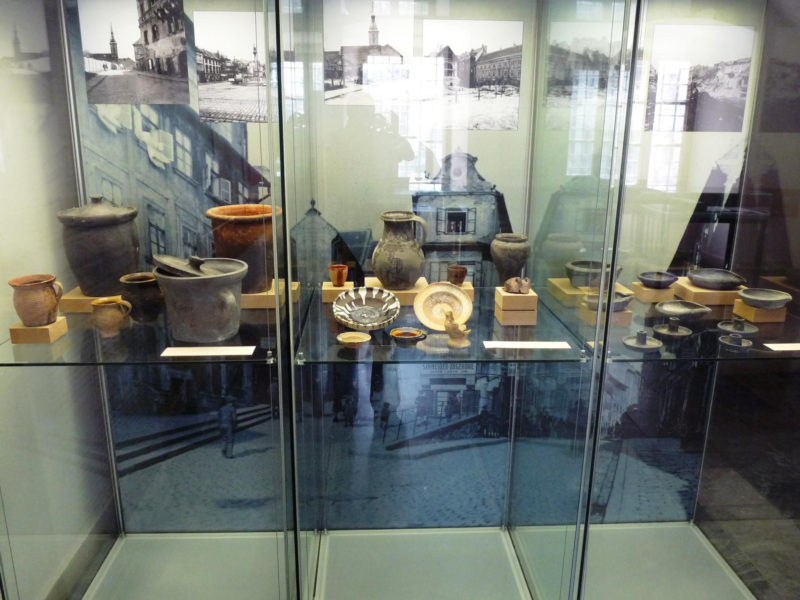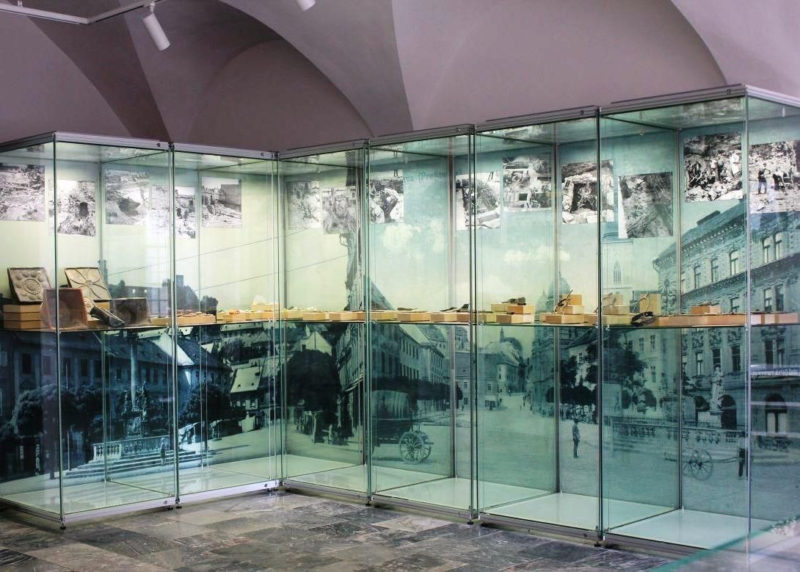Archaeologists on the construction of the SNP Bridge in Bratislava
What was hidden in the territory on which a well-known landmark of the capital has stood for more than 50 years?
The area between Bratislava Castle and the city fortifications, i.e. the western suburb, has been inhabited since prehistory. The Celts lived here and also Slavs in the times of Great Moravia. In the Middle Ages, the one-way settlement of Villa Sancti Nicolai was built on the slope and eastern terrace of the Castle Hill.
At the turn of the 12th and 13th centuries, German “guests” settled in Podhradie and in 1221 the castle priory moved there. In the 70s and 80s of the 13th century the settlement was affected by fires. At the end of the century, part of the settlement adjacent to the city was demolished due to the construction of fortifications. Nevertheless, the development was dense and expanded.
In the 16th century, the settlement was divided into two parts – Schlossberg (between the Castle and the city) and Zuckermantel (between the Castle and the Danube). The demolition of the city walls and the backfilling of the castle moat in the 18th century allowed Schlossberg to expand eastwards. In 1848 the suburbs were annexed to Bratislava.
Even as a city district of Bratislava, the area has retained its atmosphere. Craftsmen, fishermen, merchants, winegrowers and members of various professions lived here. All the Pressburger languages were spoken on the local market until the 20th century, when, as a result of military cataclysms and political developments, a large-scale population exchange took place. After the Second World War, the district fell into disrepair until it was liquidated due to the construction of the SNP Bridge.
In connection with the intention to build a second bridge over the Danube in Bratislava, an archaeological research was carried out on the route of the planned construction and access roads. The research, which took place between 1967 and 1970, was also carried out by a number of “old Pressburgers”. They explored the so-called western suburbia, located between the western walls of the medieval town and the Castle Hill, i.e. the former Fish Square and the adjacent parts of the streets of Žižka Street, Jewish Street, Capuchin Street to Suché Mýto. Thanks to this research, only a torso of material monuments of the inhabitants of the extinct distinctive district of old Bratislava was saved.
The exhibition of the Slovak National Museum – Archaeological Museum presents archaeological finds, today preserved in its collections, which are an exceptional testimony to the life of this part of the city in the Middle Ages and in the Early Modern Age. The most valuable finds include, for example, kitchen and table ceramics from households in Podhradie, wooden spoons rare in that wood as a material is not commonly preserved in local conditions, tiles from furnaces of richer households Podhradie or spurs as evidence of horse breeding and use. Visitors to the exhibition can also see more than 100 years old postcards that document the original development of Podhradie.
The research was preceded by the demolition of historically and architecturally valuable buildings, which provoked disapproving reactions from the cultural public. A significant part of the historical identity of the city, urbanized since the La Tène period and important technical and industrial monuments, has disappeared irretrievably through the redevelopment of this city quarter.

In honour of the Slovak National Uprising, the SNP Bridge, until 2012 also called the New Bridge, was inaugurated on 26 August 1972 as the second bridge over the Danube River. Despite its controversial origins, this unique work is now a national cultural monument.

